Flynn, KJ and Morozov, AY 2025 Resource acquisition in diel cycles and the cost of growing quickly. PLOS Computational Biology, 21 (6). e1013132. 10.1371/journal.pcbi.1013132
Preview |
Text
214) Flynn Morozov 2025 PLOSCompBiol.pdf - Published Version Available under License Creative Commons Attribution. Download (1MB) | Preview |
Abstract/Summary
Many organisms, notably phototrophs, routinely acquire resources over only a fraction of the day. They have to balance their main period of initial biosynthesis against cell cycle events. Because of their short generation times, this challenge is especially acute for the planktonic microalgae that perform 50% of global C-fixation. Empirical evidence indicates that microalgal day-average growth is a function of the ability to acquire resources rapidly when available, retaining initial products of assimilation to support growth. A fundamental question arises over the optimal physiological configuration to support such activity. Here, we applied computer simulations implementing a development of the quota concept, in which the internal limiting resource is itself C, ratioed against total organism C-biomass. The model comprises metabolite and core pools of carbon C ( M C and C C , respectively), with growth modulated by M C /( M C + C C ); M C supports growth of C C in the absence of concurrent resource acquisition. Dynamic feedback interactions from the relative size of M C controls resource acquisition. The model reproduces the general pattern of growth at different light:day fraction ( LD ), and of afternoon-depression of C-fixation. We explored the efficiency of the physiological cell configuration to locate optimal configurations at different combinations of maximum growth rates ( U max ) and LD values across plausible parameter values for microalgae. While the optimum maximum resource acquisition rate deployed during the L phase scales with U max / LD , the maximum size of the metabolite pool scales to LD / DV , where DV is division time (i.e. U max /Ln(2)). Accordingly, we conclude that faster growing organisms carry a penalty limiting their geographic spread to latitudes and seasons where LD is high. Larger, vacuolated organisms (such as diatoms), having a bigger metabolite compartment, may be at an advantage in such situations.
| Item Type: | Publication - Article |
|---|---|
| Divisions: | Plymouth Marine Laboratory > National Capability categories > National Capability Modelling Plymouth Marine Laboratory > Science Areas > Marine System Modelling (expired) |
| Depositing User: | S Hawkins |
| Date made live: | 07 Jul 2025 11:59 |
| Last Modified: | 07 Jul 2025 12:00 |
| URI: | https://plymsea.ac.uk/id/eprint/10455 |
Actions (login required)
 |
View Item |


 Tools
Tools Tools
Tools